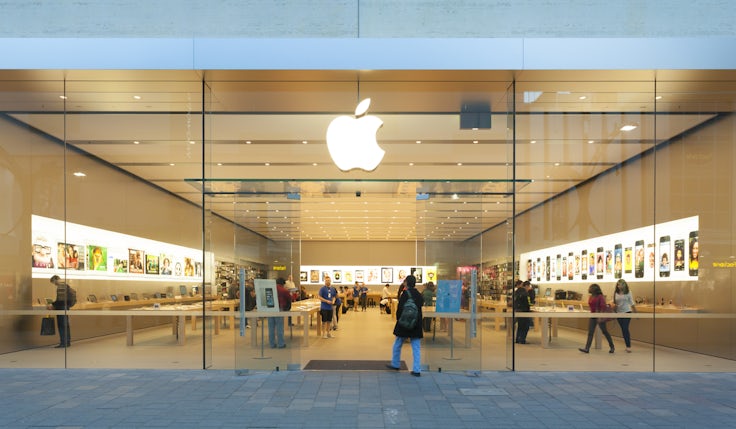Laptop screens remain more popular than mobiles
Despite many brands pushing a mobile-first strategy, more people are using their laptops for online shopping and watching TV content, yet with traditional television showing no sign of abating and tablet use growing, people are seeing more ads across more screens.
Laptops, not smartphones, are the most popular screens used to access the internet, according to new data from Mediatel’s Connected Screens report. The results suggest that brands and content creators which are racing to become mobile-first at the expense of other web users could be jumping the gun and leaving potential customers behind.
However, the difference is narrow. According to the research, 67% of respondents claim to use a laptop while 66% use a smartphone. The results were gathered from a rolling study of approximately 2,000 adults aged over 16, which is carried out in four-month waves.
Anne Tucker, head of research at Mediatel, says the importance of laptops over mobile “goes against everything we have been hearing”, but she suggests this is because the data is based on all people living in broadband-connected homes rather than only those who have a smartphone or tablet.
“I often feel there is a London media bubble and we think that everyone has a smartphone and a tablet but the reality is that not every household has one yet,” she adds.
“For those households that do, it tends to be these devices that are used because they are more user-friendly, but when you look across the entire sample base, it is actually the laptop that is used most both for shopping and as a second screen when watching TV.”
The data also shows increases across the board in viewing video and TV content online. Use of catch-up TV services such as iPlayer and All 4 and streaming services like Netflix and Amazon Prime are up in the latest results, which were concluded at the start of 2015, compared with the previous survey carried out before Christmas last year.
More than three quarters (77%) of those surveyed have watched TV content on catch-up over the past year, up from 74% in the first wave of research, with those saying they record programmes to play back at a later time up two percentage points to 69%.
The average viewer records content more often than they watch catch-up TV, but the data suggests people are gradually becoming more confident that the shows they want to watch will be available on catch-up, so this is likely to increase in the future.

The prevalence of streaming services is also growing. Almost a third (32%) of respondents have accessed such services over the past 12 months, according to the latest data, an increase of four percentage points on the previous wave.
Despite many reports suggesting the demise of live TV, the research shows a slight increase between the two surveys with more than two thirds (69%) claiming to watch every day
and 90% at least once a week.
Tucker says: “From the first wave to the second wave there was a slight increase in [linear broadcast] TV viewing. We’re not saying people are not watching catch-up and video-on-demand because they are, but it does show that TV viewing is alive and well.”
This compares to recent Ofcom data that suggests 50% of 16- to 24-year-olds’ TV consumption is of live TV, which rises to 61% for 25- to 34-year-olds.
Consequently, exposure to traditional advertising on TV screens is showing no signs of falling but there is now significant viewing of video ads across other screens too, with at least 40% of people having seen ads on other devices.
Nearly half (49%) of respondents see ads every day on TV, according to the second wave of data, with an additional 24% seeing ads most days.
Laptops are the second most popular screen for seeing advertising with a combined 35% viewing ads every day or most days, while 22% of people see them with the same regularity on their mobile and 21% on a tablet.
As the options across devices continue to grow, the media and advertising landscape is only going to get more complex. Although laptops are the screens used by most people, the study finds that tablet use grew seven percentage points to 49% between the two research waves, which was most likely boosted by Christmas.
Around 41% of people use both a mobile and a tablet, which is up from 34% in the first wave. Meanwhile, just over a quarter (28%) of people have a ‘non-smart’ mobile.







